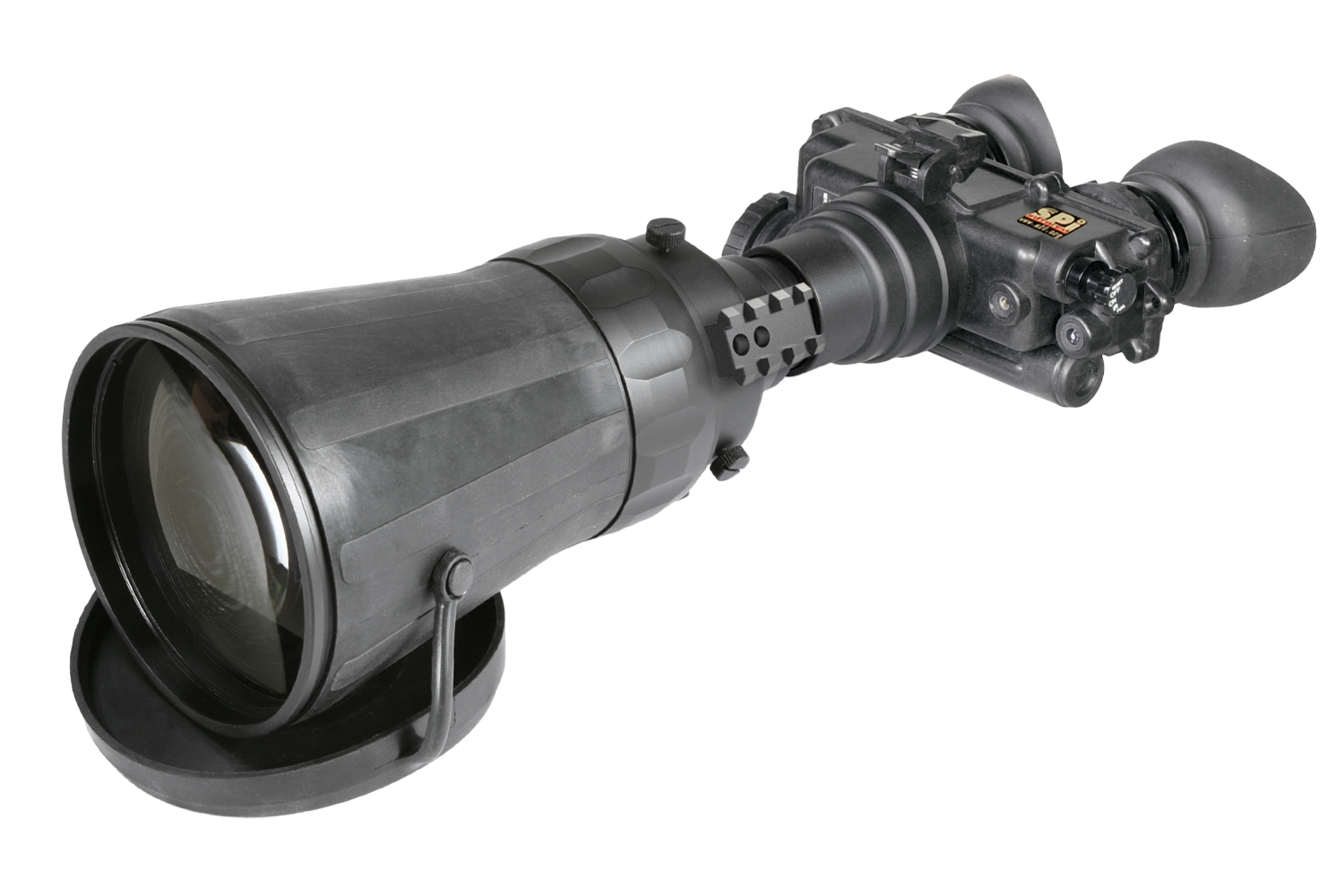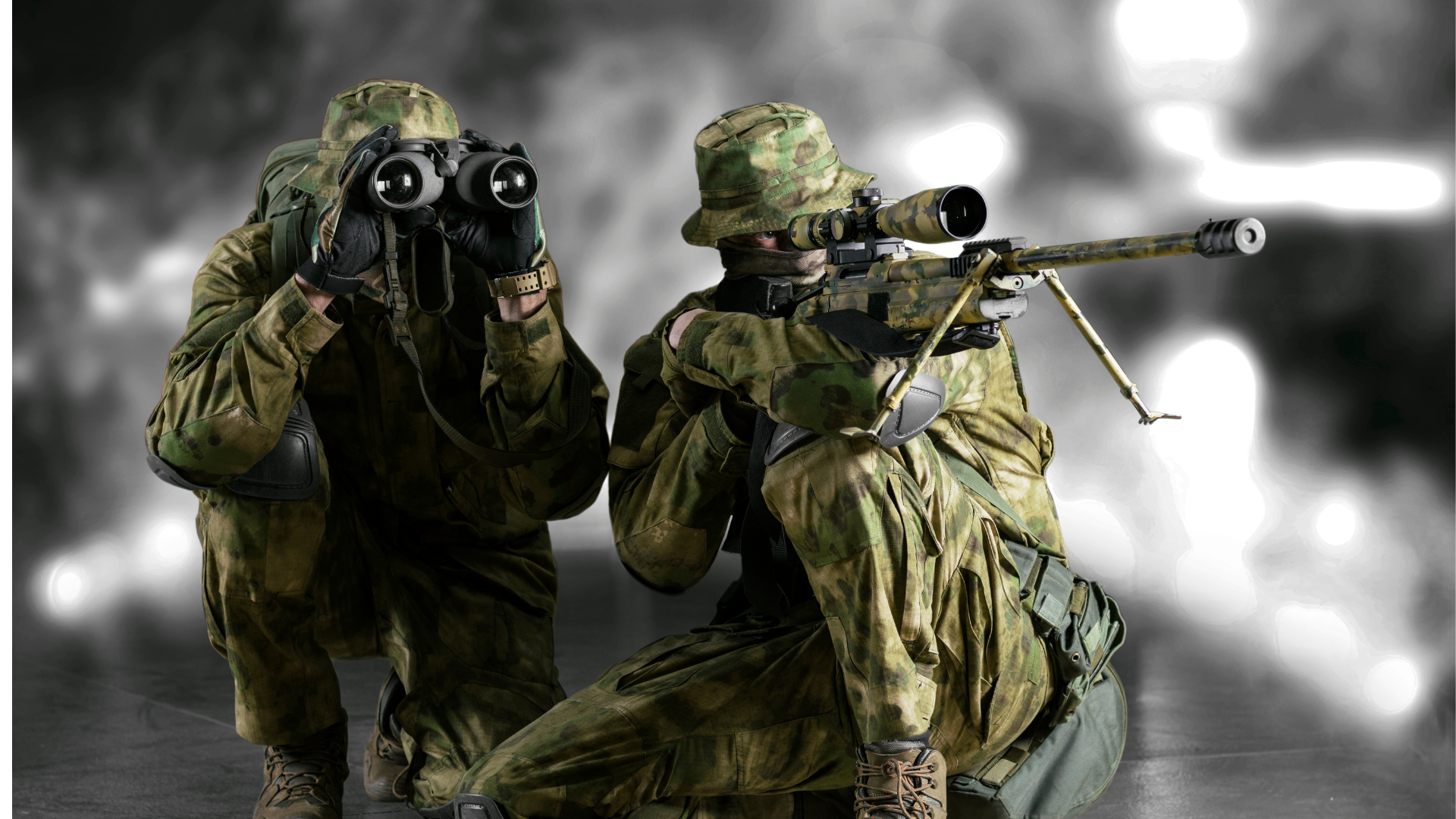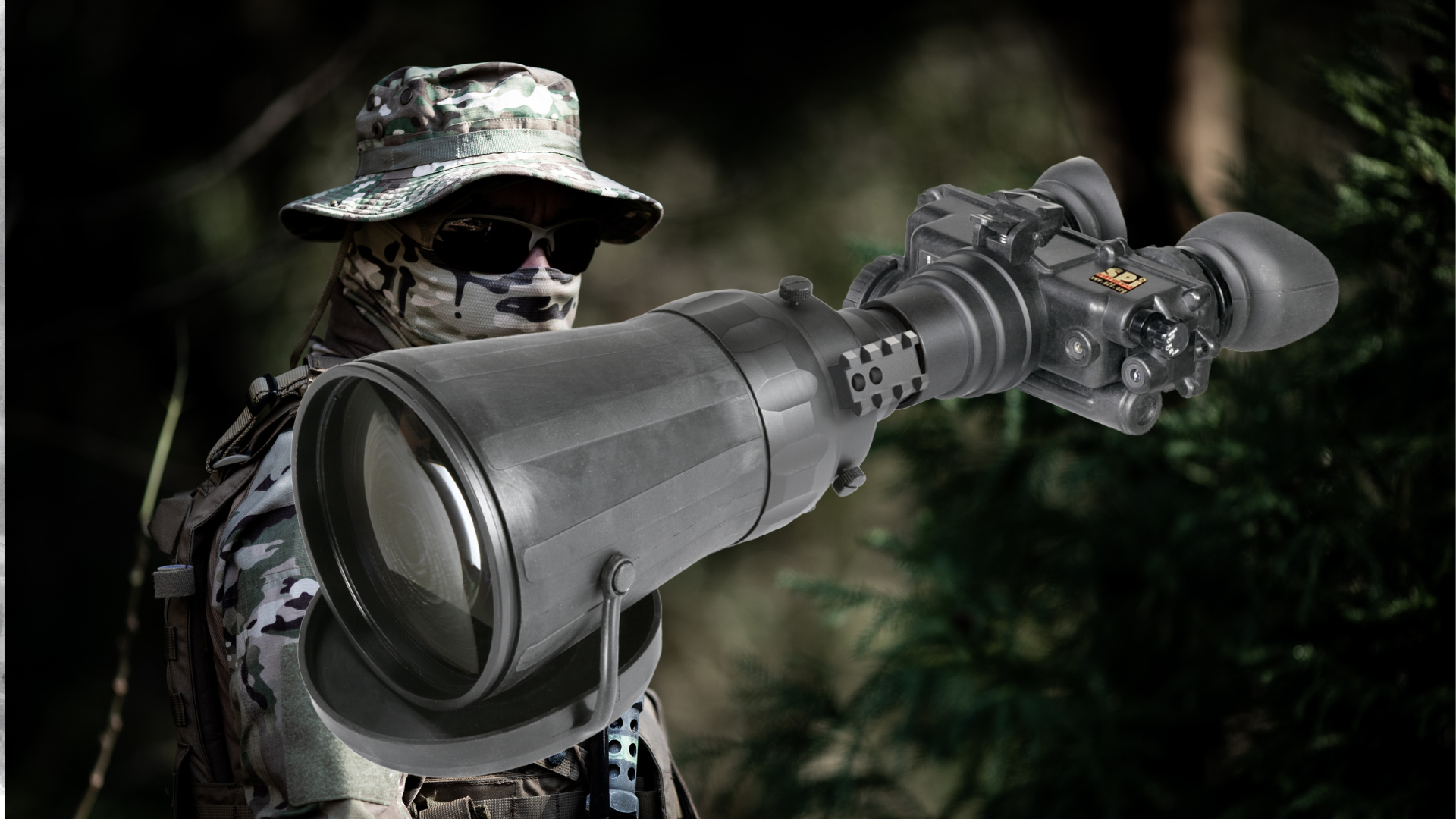Blackbird 7x Night Vision Binoculars NGEN2 B1
7x NIGHT VISION BINOCULARS | PART #NGEN2-B1


Package Includes
- Packing Box
- 7x night vision binoculars
- SPI SPARK850
- Long-Range Infrared Illuminator
- Dovetail to Weaver Transfer Piece
- Neck Lanyard
- Lens Tissue
- One Lithium Battery CR123A
- Operators Manual
- Soft Carrying Case
EXPORT RESTRICTIONS
Product shown herein is subject to US export regulations and may require a license prior to export. Any diversion contrary to US Government regulations is prohibited.
DESCRIPTION AND FEATURES
The SPI Blackbird night vision binocular is the perfect tool for mid-range and long-range observation. The Blackbird, 7x night vision binoculars, combines a single high quality image intensifier tube with a dualized optical axis and double eyepiece, making it applicable for long viewing sessions.
The Blackbird is packed with features, such as digital controls and a proximity sensor for automatic shut off in varying light conditions. These 7x night vision binoculars are the ideal choice for security and recreational use.
- 5.6X,8x,10x, or 7x night vision binoculars magnification
- Super fast, multi-coated, all-glass optics
- Dual eye viewing system for long viewing sessions
- Detachable long-range infrared illuminator
- Rugged and versatile design
- Tripod mountable
- Water and fog resistance
- Hand strap and neck strap for comfort of use
